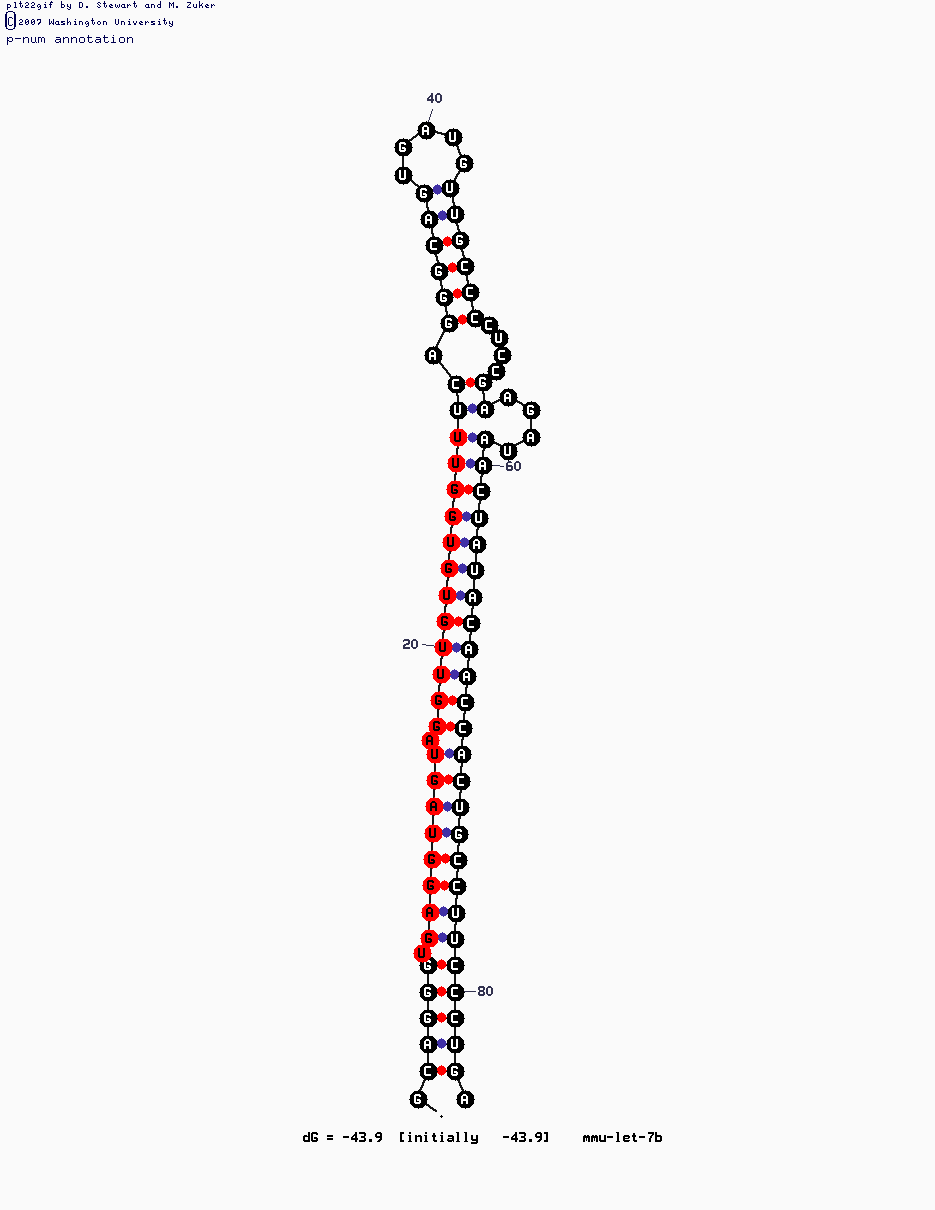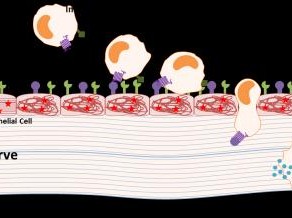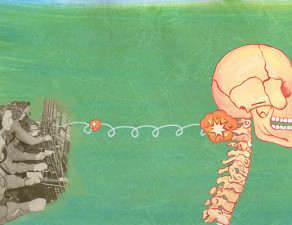
In their pursuit of understanding how pain works at the molecular level, a research team lead by Ru-Rong Ji of anesthesiology and neurobiology has found a new function for MicroRNAs, short stretches of genetic material that signal genes to turn on or off.
In a paper appearing online April 2 in the journal Neuron, Ji and his colleagues in the Pain Signaling and Plasticity Lab describe one MicroRNA called “let-7b” that is found floating outside cells and can bind specifically to pain-sensing neurons.
Let-7b rapidly excites these neurons through the toll-like receptor-7 (TLR7) and its associated ion channel, TRPA1, which leads to a rapid inward flow of ions to the neurons.
Injecting the 22-basepair RNA molecule into the feet of mice induced a sensation of pain within minutes. (The mice are seen lifting the affected paw or licking it.)
Mutant mice missing the genes for TLR7 and TRPA1 were found to be less susceptible to the signaling molecule or even unaffected by it.
Pain is notoriously difficult to measure, but Ji said the new molecule may serve as a biomarker for pain. “We’re also interested to know if targeting this miRNA would be a way to alleviate pain.”





